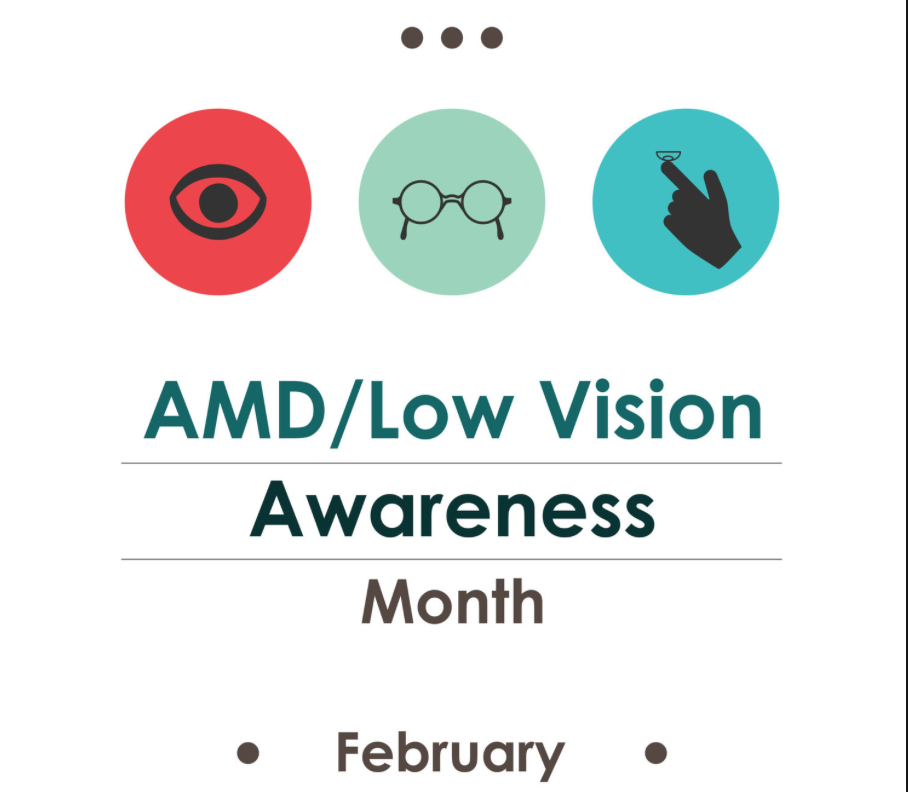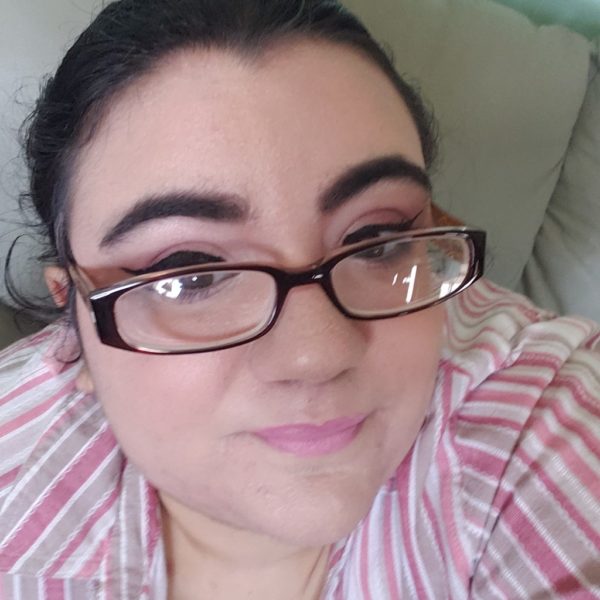What is Age-Related Macular Degeneration (AMD)?
Age-related macular degeneration is a problem with the retina. It happens when a part of the retina called the macula is damaged.
With AMD, you lose your central vision, meaning you can’t see fine details, whether you’re looking at something far or close, but your peripheral vision is normal. For instance, imagine you’re looking at a clock on the wall. With AMD, you might be able to see the numbers on the clock, but not the hands on the clock.
AMD is very common. It’s a leading cause of vision loss in people 50 years or older.
Two Types of AMD:
Dry AMD:
Dry AMD is quite common. About 80% of people with AMD have the dry form. Dry AMD is when parts of the macula get thinner with age and tiny clumps of protein, drusen, grow. You slowly lose your central vision. Currently, there’s no way to treat dry AMD yet.
Wet AMD:
Wet AMD is less common but much more serious. Wet AMD is when new, abnormal blood vessels grow under the retina. These blood vessels may leak blood or other fluids, causing scarring of the macula. You lose vision faster with wet AMD than with dry AMD.
Who’s at Risk for AMD?
You’re more likely to get AMD if you:
- Have a family history of AMD
- Smoke
- Are white
- Eat a diet high in saturated fat
- Are overweight
- Have hypertension
- Are over 50
Having heart disease is another risk factor for AMD, as is having high cholesterol.
AMD Diagnosis:
Your ophthalmologist may ask you to look at an Amsler grid. This grid helps you notice any blurry, distorted, or blank spots in your field of view. Your ophthalmologist will also look inside your eye through a special lens. They can see if there are changes in the retina and macula.
Your ophthalmologist will put dilating eye drops in your eye to widen your pupil, so they can look inside your eye.
Optical coherence tomography (OCT) is another way to look at the retina. A machine scans the retina and provides a very detailed image of the retina and macula.
Optical coherence tomography angiography (OCTA) is another way to look closely at the blood vessels in and under the retina.
Your doctor may do fluorescein angiography to see what’s happening with your retina. Yellow dye, fluorescein, is injected into a vein, usually the arm. The dye travels through your blood vessels. A special camera takes photos of the retina as the dye travels throughout the vessels. This shows if any abnormal blood vessels have grown under the retina.
Treatment:
Dry AMD:
There’s currently no treatment for dry AMD. However, many people with AMD have improved their condition by taking the following vitamins every day:
- Vitamin C (500 mg)
- Vitamin E (400 IU)
- Lutein (10 mg)
- Zeaxanthin (2 mg)
- Zinc (80 mg)
- Copper (2 mg)
Also, eating dark, leafy greens, yellow fruits and vegetables, fish, and a balanced, nutrient-rich diet have been beneficial for people with AMD.
Wet AMD:
Luckily for people with wet AMD, they can take anti-VEGF drugs. These drugs help reduce the number of abnormal blood vessels in the retina. It also slows any leaking from those blood vessels. This medicine is delivered to your eye through a very slender needle.


 by
by 
